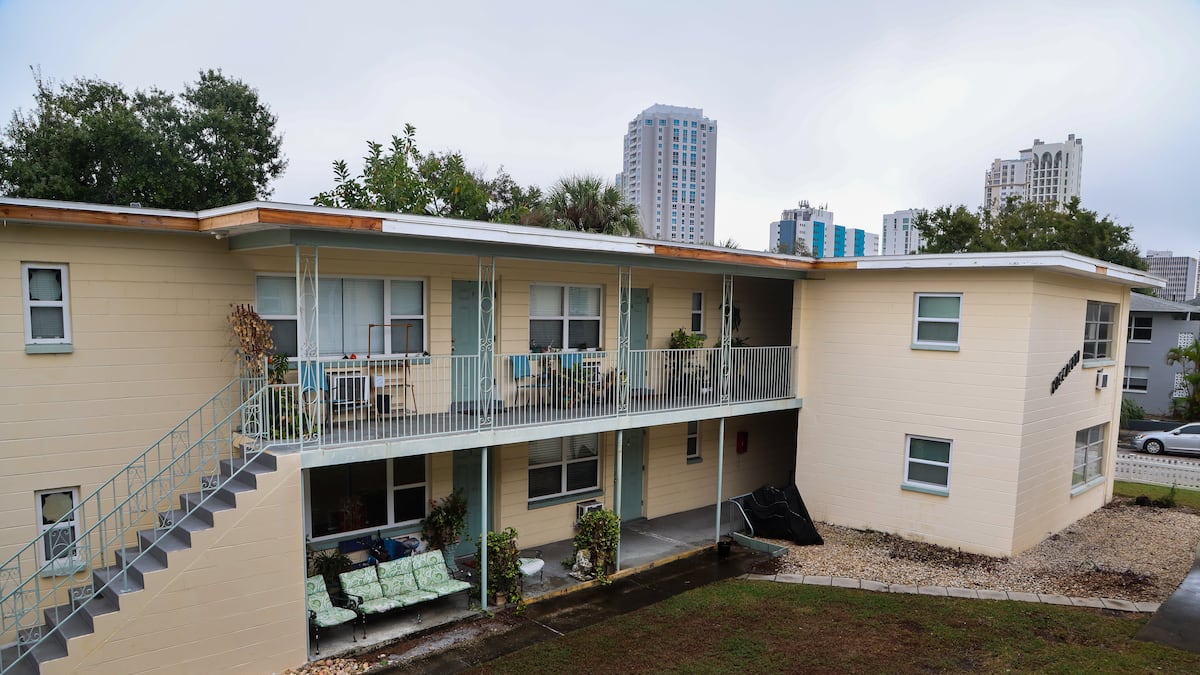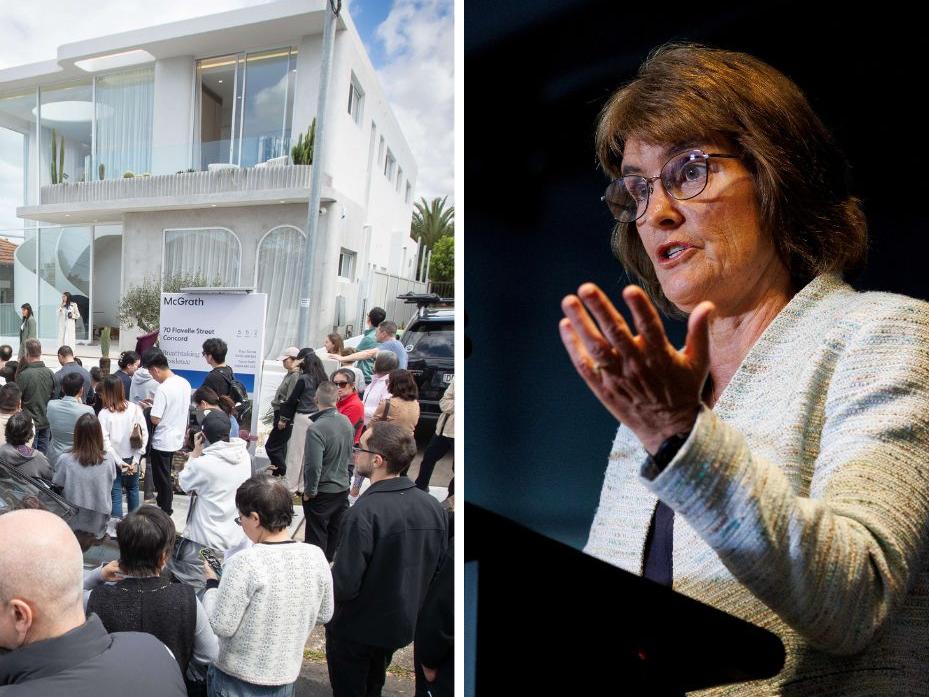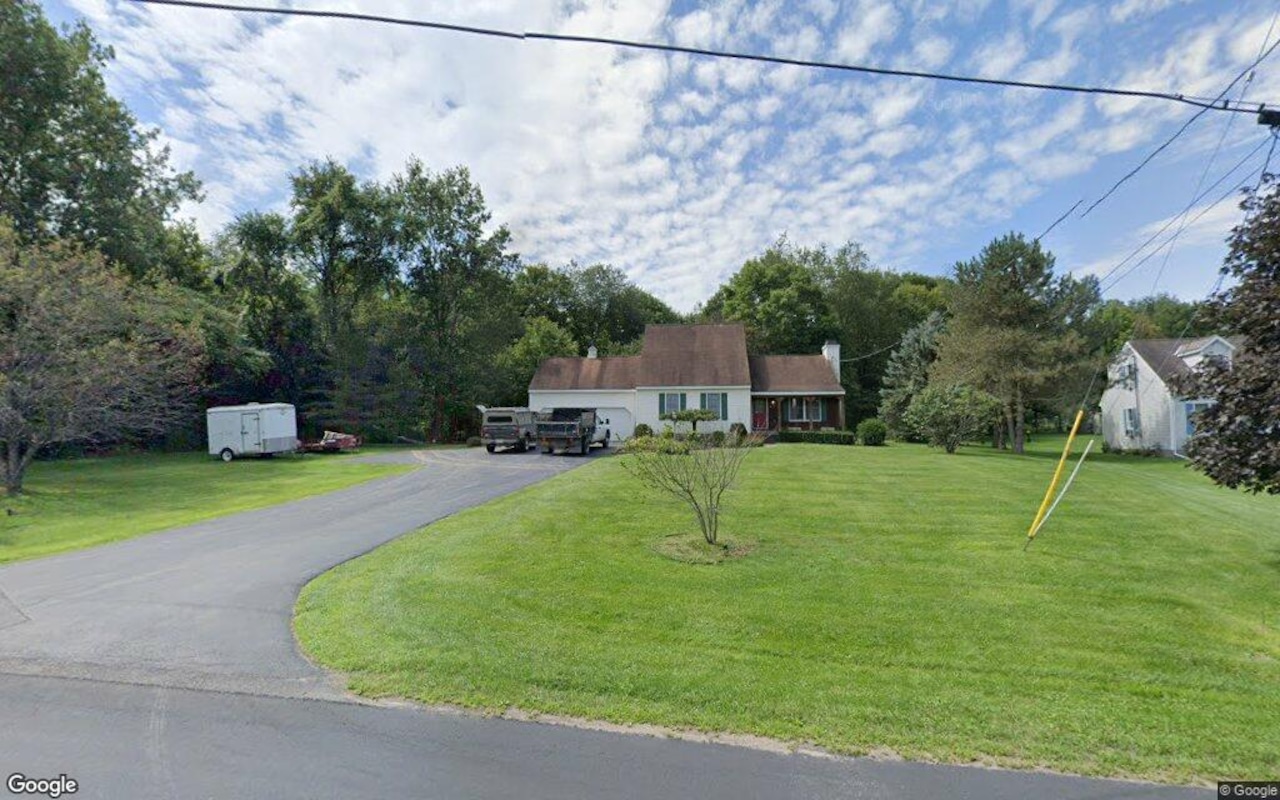I
n Toronto, the downtown area is dominated by towering condo units, but sales are slumping due to a surge in supply and dwindling demand. The smallest units, typically bachelor or one-bedroom condos, are proving particularly hard to sell. According to the Toronto Regional Real Estate Board, these tiny units made up 20% of condo sales in the last quarter of 2024, while larger units like two bedrooms and two bedrooms plus den accounted for 72%. On the rental market, one-bedroom apartments have seen a 5.8% year-over-year drop in average rent.
Real estate broker John Pasalis notes that one-bedroom and studio spaces are the hardest to move in the current market, particularly those under 550 square feet. "Demand is very slow," he says. Christopher Wein, CEO of Equiton Developments, attributes this trend to developers building units that are too small to be comfortable over the past five years.
As the condo-buying market shifts from investors to end-users who want to live in their condos, builders and realtors are re-evaluating what worked in the past. Some experts say it's possible to redesign smaller floorplans to meet demand for bigger units, but it's complicated, expensive, and dependent on the stage of development.
Structural hurdles make merging units difficult, especially in high-rise towers where concrete walls require significant engineering solutions. Pasalis notes that merging units happens occasionally in the luxury market, but it's rare for average buyers to find suitable units to merge. Financial issues also come into play, as smaller condos sell for more per square foot than bigger ones.
Helen Stopps, an assistant architectural science professor at Toronto Metropolitan University, says even if buyers could stomach the price and renovations required to merge smaller condos, red tape might stop construction. She suggests that governments incentivize developers to build more livable housing through density bonuses or lower development charges for condos with bigger units.
Some developers are responding to buyer demand by changing future projects to make units bigger. Equiton's project at 875 The Queensway in Toronto is an example of this, where the design was revised to make each unit about 10% bigger after realizing the initial units were too cramped.















